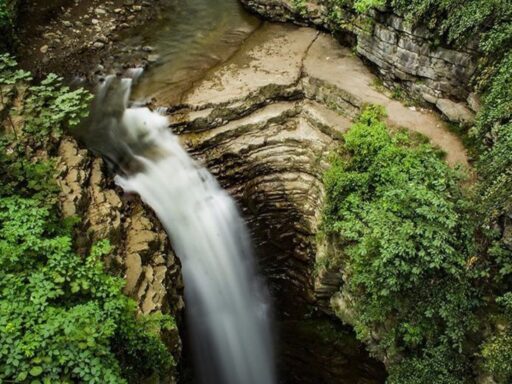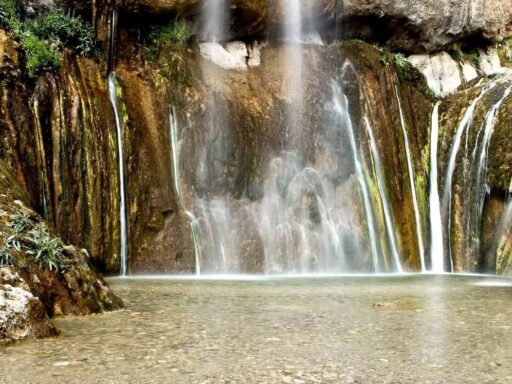Introducing The Nojian Waterfall
Iran, a land of diverse landscapes and rich cultural heritage, is home to numerous natural wonders. One such hidden gem is Nojian Waterfall, located in the Lorestan Province. This magnificent waterfall is one of the tallest in Iran, offering breathtaking views and a serene environment that captivates visitors. This article will take you on an in-depth journey through the beauty of Nojian Waterfall, exploring its geographical significance, natural splendor, historical context, ecological importance, and the array of experiences it offers to tourists.
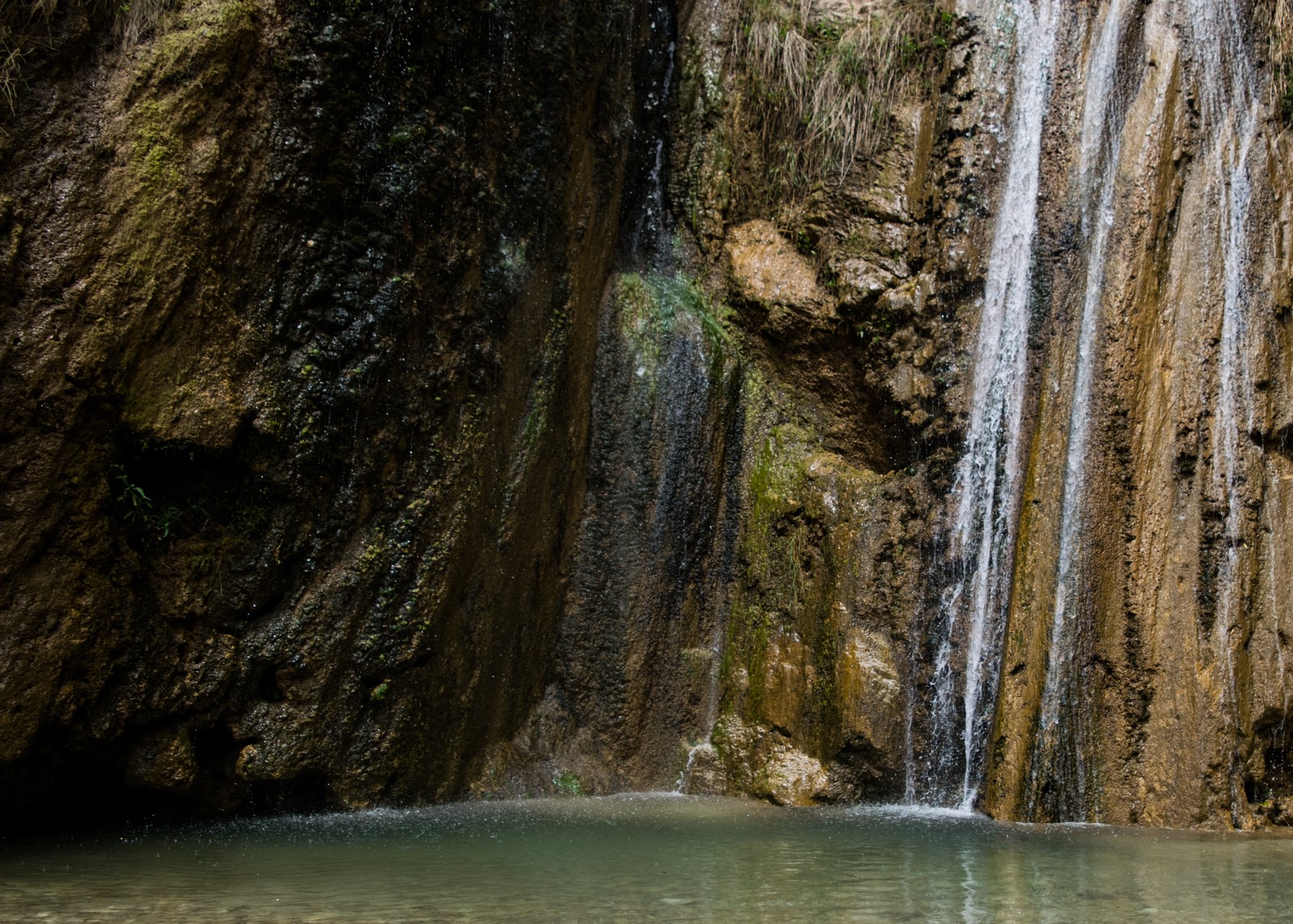
The Splendor of Nojian Waterfall
A Majestic Cascade
Nojian Waterfall, also known as Abshar-e Nojian, is a stunning natural feature that descends from a height of approximately 95 meters (311 feet). The waterfall is characterized by its powerful flow, which creates a misty spray and a thunderous roar as it crashes into the pool below. Surrounded by lush vegetation and rocky cliffs, Nojian Waterfall is a sight to behold, attracting nature enthusiasts, photographers, and adventurers alike.
Seasonal Changes
The beauty of Nojian Waterfall evolves with the changing seasons, each offering a unique and captivating experience. In spring and early summer, the waterfall is at its most vigorous, fed by the melting snow from the surrounding mountains. During this period, the surrounding landscape is vibrant and green, with wildflowers adding bursts of color. In autumn, the foliage turns to warm hues of gold and red, providing a stunning contrast to the cascading water. Even in winter, the waterfall maintains its charm, with icicles forming along the edges and a quieter, more serene atmosphere.
Geographical Significance
Location and Accessibility
Nojian Waterfall is located in the western part of Iran, within the Lorestan Province. Specifically, it is situated near the village of Teflan, about 38 kilometers (24 miles) south of Khorramabad, the provincial capital. The journey to Nojian Waterfall involves traveling through scenic mountain roads and picturesque valleys, providing visitors with a preview of the natural beauty that awaits them.
Geological Features
The geological formation of Nojian Waterfall is a result of the unique characteristics of the Zagros Mountains. The region is predominantly composed of limestone and other sedimentary rocks, which have been shaped by the erosive forces of water over millennia. The waterfall itself is fed by an underground spring, which emerges from the rocky cliffs and cascades down in a powerful flow. The presence of these geological features adds to the waterfall’s allure, making it a fascinating site for both geologists and casual visitors.
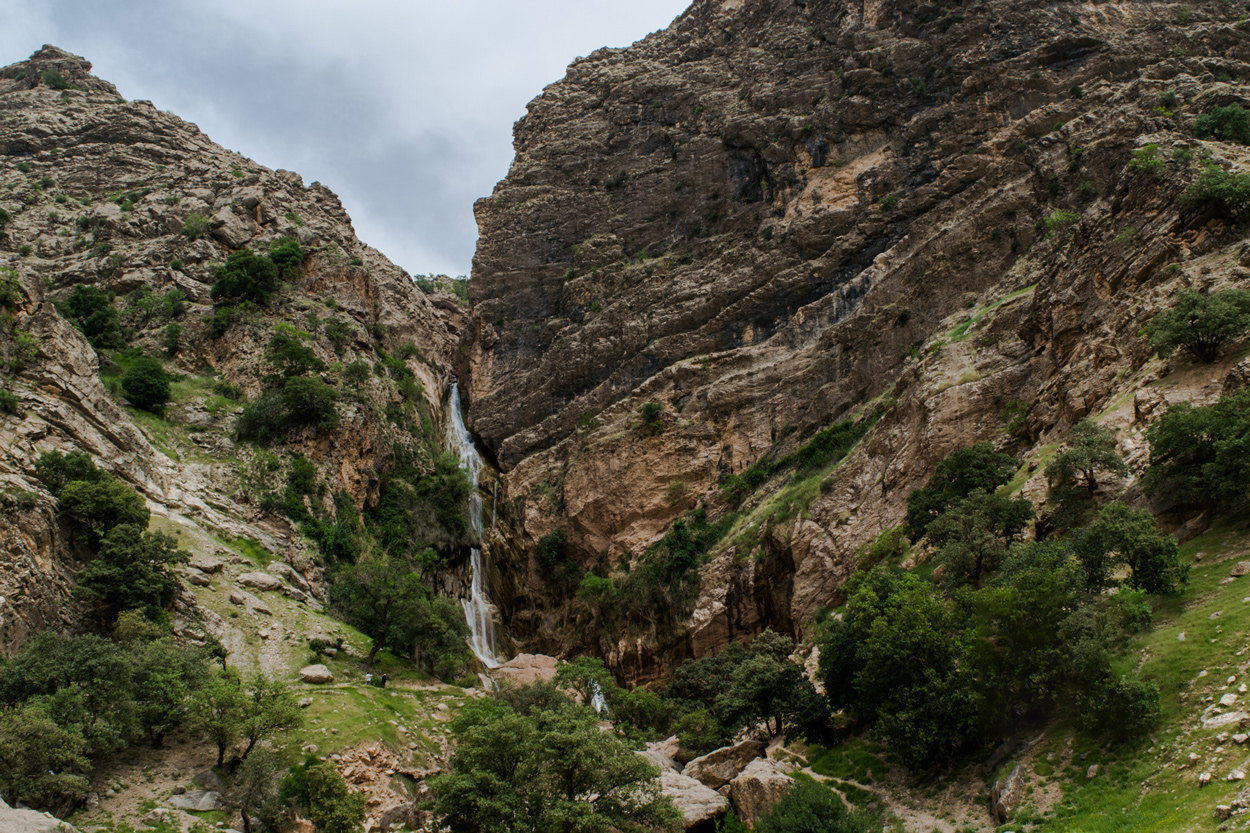
Flora and Fauna
Diverse Plant Life
The area surrounding Nojian Waterfall is home to a rich variety of plant species, contributing to its lush and verdant appearance. The vegetation includes oak and walnut trees, along with an abundance of wildflowers, shrubs, and ferns. The fertile soil and ample water supply create an ideal environment for these plants to thrive, adding to the overall beauty of the landscape.
Wildlife Habitat
The region around Nojian Waterfall is also a haven for wildlife. Visitors may encounter various bird species, such as eagles, falcons, and songbirds, as well as mammals like foxes, wild boars, and even occasional leopards. The diverse ecosystem highlights the ecological importance of the area and underscores the need for its preservation. The presence of these animals enhances the natural experience for visitors, offering opportunities for wildlife observation and photography.
Historical and Cultural Context
Legends and Folklore
Nojian Waterfall is not only a natural wonder but also a site rich in local legends and folklore. According to local stories, the waterfall is believed to be a sacred place, inhabited by benevolent spirits that protect the area and its visitors. These tales add a mystical dimension to the experience of visiting Nojian, enriching the cultural significance of the site and connecting visitors to the local traditions and beliefs.
Historical Importance
The area around Nojian Waterfall has been inhabited for centuries, with evidence of ancient settlements and historical artifacts. The waterfall has likely served as a vital water source and gathering place for local communities throughout history. Its enduring presence has made it a symbol of natural continuity and resilience, reflecting the deep connection between the people and the land.
Tourism and Activities
A Popular Tourist Destination
Nojian Waterfall is a popular destination for both domestic and international tourists. Its natural beauty, coupled with the tranquility of the surrounding landscape, makes it an ideal spot for nature lovers, photographers, and adventure seekers. The waterfall is particularly popular during the spring and summer months when the weather is pleasant, and the flora is in full bloom.
Hiking and Exploration
One of the most popular activities at Nojian Waterfall is hiking. Several trails lead to and from the waterfall, offering varying levels of difficulty to cater to different types of hikers. The trails meander through forests, meadows, and along rivers, providing ample opportunities to enjoy the natural beauty of the region. Hikers are rewarded with stunning views of the waterfall and the surrounding landscape, making the effort well worth it.
Picnic and Relaxation
For those looking to relax and enjoy the scenery, the area around Nojian Waterfall offers numerous spots perfect for picnicking. The sound of cascading water, combined with the lush surroundings, creates a peaceful atmosphere ideal for unwinding and connecting with nature. Visitors can spread out a blanket, enjoy a meal, and take in the serene beauty of the falls.
Photography
Nojian Waterfall is a paradise for photographers. The interplay of light and water creates mesmerizing patterns and reflections, providing endless opportunities for capturing breathtaking images. The lush greenery, vibrant wildflowers, and dramatic cliffs add to the visual appeal, making Nojian a favorite subject for both amateur and professional photographers.
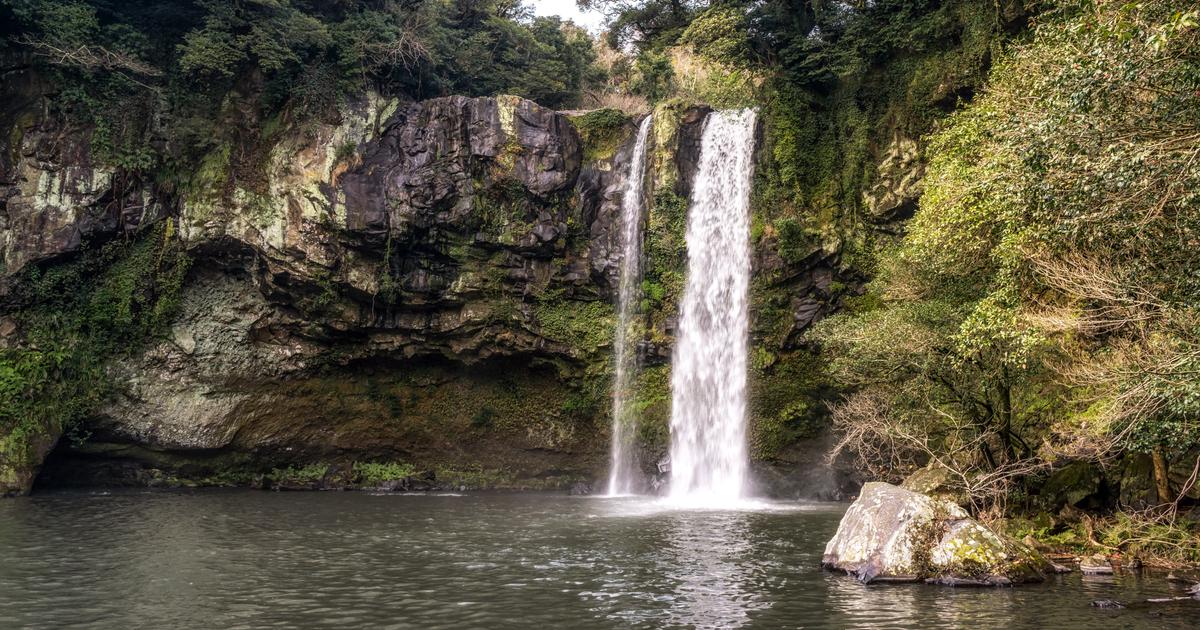
Environmental Conservation
Preserving Natural Beauty
The ecological importance of Nojian Waterfall and its surroundings necessitates active conservation efforts. The area is particularly vulnerable to the impacts of human activity, pollution, and climate change. Local authorities and environmental organizations have been working to protect the area through initiatives aimed at reducing human impact, promoting sustainable tourism, and raising awareness about the importance of preserving this natural wonder.
Sustainable Tourism
Promoting sustainable tourism is crucial to preserving Nojian Waterfall. This includes encouraging eco-friendly practices among visitors, such as minimizing waste, respecting wildlife, and staying on designated trails. By fostering a sense of environmental responsibility, the natural beauty and ecological integrity of the area can be maintained for future generations to enjoy.
Practical Information for Visitors
Best Time to Visit
The best time to visit Nojian Waterfall is during the spring and early summer months, from March to June, when the weather is mild, and the waterfall is at its most powerful. During this period, the surrounding landscape is lush and green, with wildflowers in full bloom. Autumn, from September to November, is also a good time to visit, with cooler temperatures and beautiful fall foliage.
How to Get There
Nojian Waterfall is accessible by road from the city of Khorramabad. The journey involves traveling through scenic mountain roads and picturesque valleys, providing visitors with a preview of the natural beauty that awaits them. Visitors can hire a car or take a guided tour to reach the waterfall. The final approach to the waterfall may require a short hike, so appropriate footwear and clothing are recommended.
Accommodation Options
There are several accommodation options available for visitors to Nojian Waterfall, ranging from hotels and guesthouses in nearby Khorramabad to camping facilities in the vicinity of the waterfall. For those who prefer a more immersive experience, camping near the waterfall offers the chance to fully appreciate the natural beauty and tranquility of the area. Visitors should ensure they have all necessary camping gear and supplies, as facilities may be limited.
Tips for Visitors
- Safety First: The terrain around Nojian Waterfall can be rugged and challenging, so visitors should take appropriate safety precautions. This includes wearing suitable footwear, staying on designated trails, and being mindful of weather conditions.
- Respect Nature: To preserve the natural beauty of the area, visitors should practice Leave No Trace principles, which include packing out all waste, respecting wildlife, and avoiding damage to vegetation.
- Be Prepared: Visitors should come prepared with adequate supplies, including water, food, and appropriate clothing for changing weather conditions. It is also advisable to carry a first aid kit and a map or GPS device.
- Local Etiquette: Respecting local customs and traditions is important. Visitors should be mindful of cultural sensitivities and interact with the local community in a respectful and considerate manner.

Conclusion
Nojian Waterfall stands as a testament to the breathtaking natural beauty and ecological richness of Iran. Its majestic cascade, vibrant flora, diverse fauna, and cultural significance make it a must-visit destination for nature enthusiasts and travelers alike. Whether you are seeking adventure, relaxation, or a deeper connection with nature, Nojian Waterfall offers an unforgettable experience that showcases the wonders of the natural world. As efforts continue to preserve and protect this remarkable site, Nojian Waterfall will undoubtedly remain a source of inspiration and wonder for generations to come.


